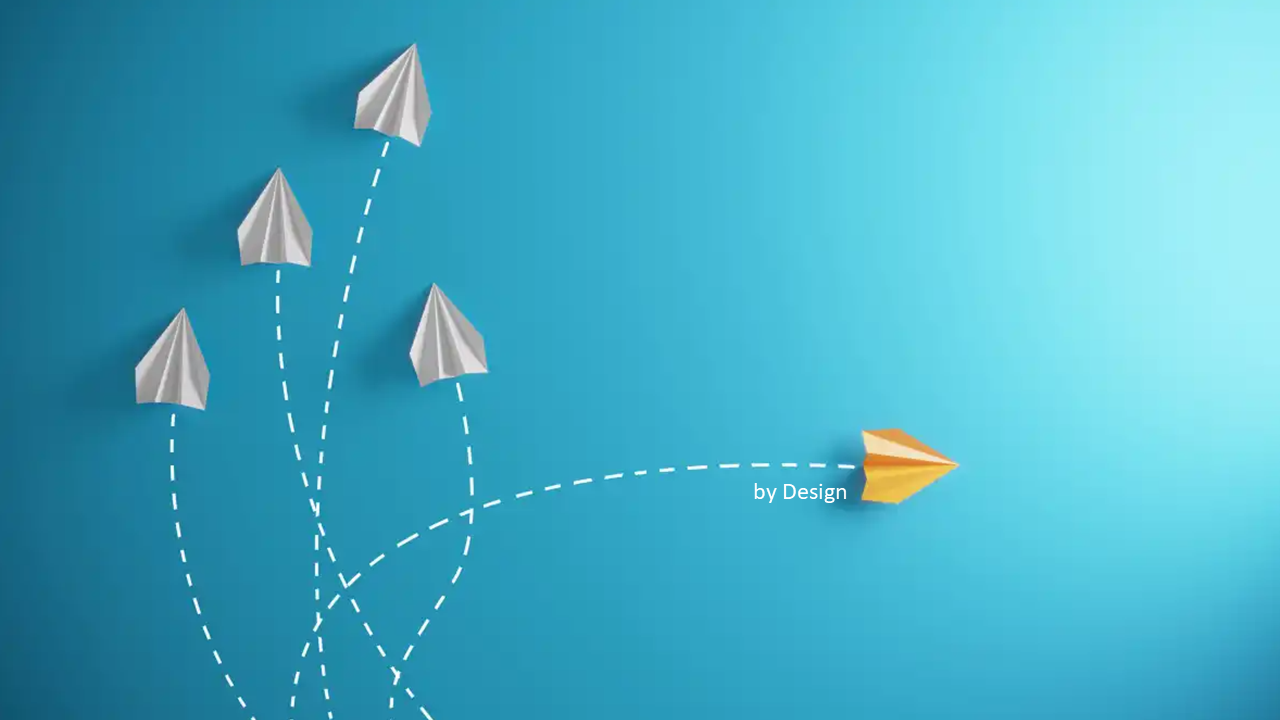In today’s rapidly evolving business landscape, the integration of Strategic Experience Design with Behavioral Economics has emerged as a powerful tool for creating more engaging, effective, and user-centered products and services. This fusion offers a deep understanding of human behavior, allowing for designs that are not only aesthetically pleasing but also psychologically attuned to the users’ needs and behaviors.
The Essence of Strategic Experience Design
Strategic Experience Design goes beyond the traditional boundaries of design by incorporating a strategic approach to crafting user experiences. It’s not just about making things look good; it’s about creating a holistic experience that resonates with users on multiple levels. This approach considers every interaction point between the user and the product or service, ensuring that each element aligns with the overarching business goals and user expectations.
The Role of Behavioral Economics
Behavioral Economics brings a nuanced understanding of human behavior to the table. By recognizing that humans are not always rational actors, this field explores how emotional, psychological, and social factors influence decision-making. Incorporating insights from Behavioral Economics into Strategic Experience Design can lead to solutions that are more in tune with how people actually think, feel, and behave.
A Synergistic Relationship
The combination of Strategic Experience Design and Behavioral Economics creates a synergy where design is not just user-friendly, but also user-intuitive. Here are some key areas where this combination proves to be particularly effective:
- Understanding User Motivations: Behavioral Economics provides insights into what truly motivates users, allowing designers to create experiences that tap into these deeper drives.
- Overcoming Decision Paralysis: By understanding cognitive biases and decision-making heuristics, designers can craft experiences that guide users towards desired outcomes without overwhelming them.
- Enhancing Engagement: Utilizing principles from Behavioral Economics, designers can increase engagement by creating experiences that are psychologically rewarding.
- Personalization: Tailoring experiences to individual user preferences, a concept at the heart of Behavioral Economics, enhances the effectiveness of the design.
- Building Trust: By understanding the psychological factors that influence trust, designers can create experiences that foster a deeper sense of reliability and confidence in the product or service.
Case Studies and Applications
Numerous brands and organizations have successfully applied this combined approach. For instance, financial services have leveraged these insights to design more user-friendly interfaces that simplify complex economic decisions. E-commerce platforms use it to create more engaging and personalized shopping experiences that subtly guide consumer behavior.
The Future Is Here
As we move forward, the intersection of Strategic Experience Design and Behavioral Economics will only become more critical. It represents a shift from designing for users to designing with a deep understanding of users. This approach not only enhances the user experience but also drives business success by aligning user needs with business objectives.
In conclusion, the marriage of Strategic Experience Design and Behavioral Economics is not just a trend; it’s a pivotal shift in how we approach design and user experience. By embracing this combination, businesses can unlock powerful new ways to connect with their customers, creating experiences that are not only memorable but also deeply resonant.


